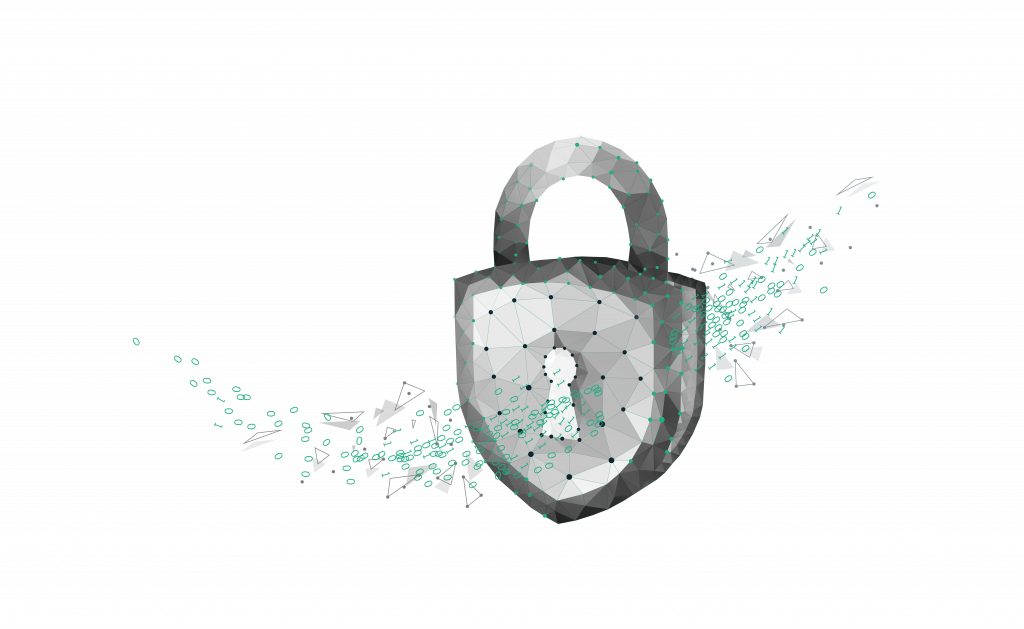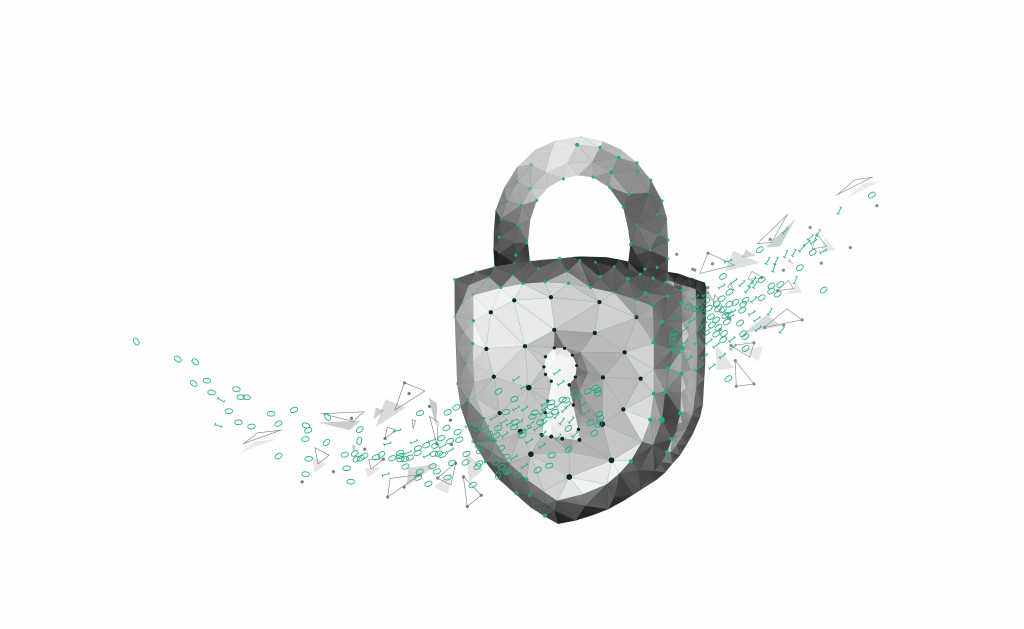In an era characterised by escalating cyber threats and an increasingly distributed workforce, traditional network security models are proving inadequate. This is where Zero Trust Network Access (ZTNA) comes in, a revolutionary approach that challenges the traditional perimeter-based security architecture. This article looks at the intricacies of ZTNA and discusses its principles, benefits, implementation strategies and potential challenges.
Introduction:
The exponential growth of digital connectivity has revolutionised the way we do business, communicate and share information. However, this connectivity also brings with it vulnerabilities that are difficult to address with traditional network security measures. Zero Trust Network Access (ZTNA) is a proactive solution to mitigate these challenges.

Principles of Zero Trust:
At the centre of ZTNA is the principle of mistrust of internal and external entities. Unlike traditional security models that grant access based on location, ZTNA focuses on verifying the identity and trustworthiness of users, devices and applications before granting access to network resources.
"This principle is dominated by the mindset of "never trust, always check".
Components from ZTNA:
- Micro-segmentation: ZTNA is in favour of dividing the network into smaller segments to restrict the lateral movement of potential attackers and limit their ability to move within the network.
- Identity and access management (IAM): Strong identity verification and access controls are central to ZTNA. Multi-factor authentication, least privilege access and continuous monitoring of user behaviour help to increase security.
- Dynamic enforcement of guidelines: Policies are defined based on various attributes such as user roles, device status and location. These policies are enforced dynamically and only allow access if all conditions are met.
- Encryption: Data encryption plays a central role in ZTNA. It ensures that the intercepted data remains incomprehensible to malicious actors, even in the event of unauthorised access.
Advantages of ZTNA:
- Improved security situation: ZTNA significantly reduces the attack surface by limiting access on a need-to-know basis, minimising the potential impact of security breaches.
- Adaptability: The model takes into account the mobility of the modern workforce and supports secure access from anywhere and at any time.
- Compliance: ZTNA helps ensure regulatory compliance by maintaining strict access controls and data protection measures.
- Reduced complexity: Moving away from complex network architectures simplifies security management and leads to potential cost savings.
Implementation of ZTNA:
- Evaluation and planning: Start with a comprehensive assessment of the existing network infrastructure and identify critical assets and potential vulnerabilities.
- Segmentation: Implement micro-segmentation to divide the network into isolated segments to reduce lateral movement paths.
- Identity management: Deploy strong IAM practices, including multi-factor authentication and role-based access controls.
- Policy definition: Define access policies based on user roles, device state and contextual attributes. Policies should be customisable and enforceable in real time.
- Continuous monitoring: Implement robust monitoring mechanisms to immediately detect and respond to anomalous behaviour.
- Encryption: Implement end-to-end encryption for data in transit and at rest to ensure data confidentiality.
Challenges and considerations:
- User experience: A balance between security and user experience is crucial to avoid productivity losses.
- Integration complexity: The integration of ZTNA into existing systems and applications can present challenges and requires careful planning.
- Scalability: As organisations grow, scaling ZTNA can be complex and requires flexible solutions.
- Training and sensitisation: Users and administrators need to be trained on the ZTNA model and best security practices.
Future prospects:
As the threat landscape evolves, so will the ZTNA. Potential developments include improved AI-driven anomaly detection, greater automation of policy enforcement and deeper integration with cloud-native architectures.
Conclusion:
Zero Trust Network Access represents a paradigm shift in network security and challenges the traditional notion of a secure perimeter. By focusing on identity, access control and continuous auditing, ZTNA provides a robust defence against modern cyber threats. As organisations increasingly embrace digital transformation, adopting ZTNA can be critical to protecting their assets and data in this dynamic and interconnected landscape.






